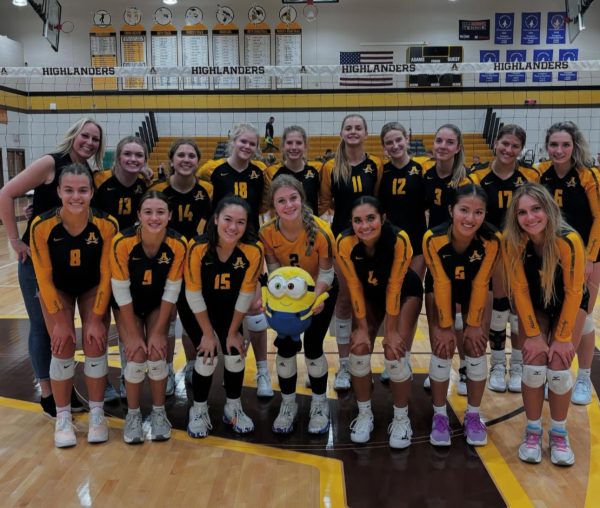Claustrophobia in the Classrooms

Students are experiencing claustrophobia in their packed classrooms.
The precious months of summer have dwindled away, leaving the start of another highly anticipated school year in their wake. In the first few days and weeks of the new year, as the new schedule becomes routine once more, students find themselves catching up with friends whom they have not seen in months. The joy of talking to your many peers is a much easier task this year, as overcrowded classrooms seem to be quite a popular trend.
Apart from socializing, the claustrophobia found among classrooms throughout the school doesn’t do much good. In fact, contrary to popular belief, overcrowded classrooms do directly correlate with lower student success rates, as is shown through the results of standardized testing in reading and math, according to research conducted by John Hopkins School of Education. The conclusion stands that smaller class sizes, those between 15 and 20 students, offer students the most gains in learning.
Why, one may ask? The answer is simple, and can perhaps be assumed even without the added benefit of concrete research. As The New York Times reveals, in classes of larger size, interaction between students and teachers inevitably drops, thereby making it much more difficult for students to get specialized help if needed. The more students in a classroom, the more varied learning methods are introduced. With so many personalities and different levels of learning abilities, it becomes increasingly more problematic for one teacher to make accommodations to meet their individual students’ needs.
When smaller stacks of paper pile up on their desks, teachers are faced with not only less stress looming over their heads, but also a much easier task when it comes to getting assignments graded and returned to students quickly and efficiently. Feedback is faster and more thorough, resulting in the student’s’ ability to learn from their previous mistakes to increase. This assures those same errors will not be made on their next quiz or test, ultimately raising grades.
Finally, as pointed out by The Seattle Times, students tend to pay more attention and have better behavior in classes of smaller size, as they offer fewer distractions. This allows them to stay on task for longer periods of time. A more disciplined attitude and fewer interferences with learning, something offered by reduced class sizes, will inevitably lead to positive academic outcomes, such as more productivity and better grades.
Finding a solution is what this all comes down to. Having all the facts is a great place to start, but steps need to be taken in order to ensure that this issue is eradicated, or at least does not get worse. Hiring more teachers would be a solid step in the right direction. It is a widely understood fact that the school district has limited funding, but shouldn’t the funding available be put toward important matters, such as hiring teachers to strengthen education? This not only would break up classes into smaller groups of students, but also put more jobs into circulation.
Until then, class sizes will continue to fill with more and more students each year as we sit back and watch the negative effects of overcrowding continue to accumulate.









